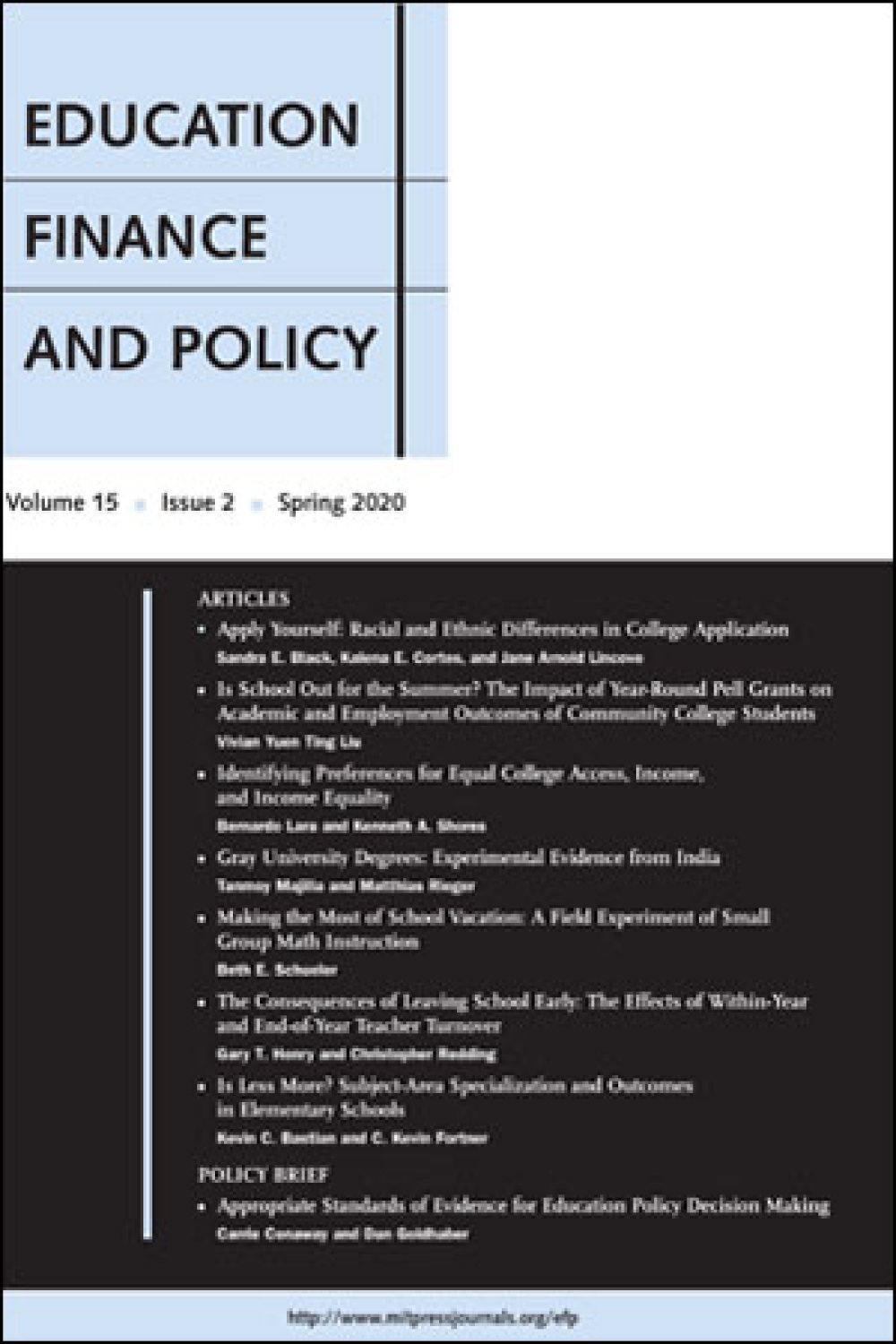
Does extra financial aid for the summer lead to gains in completion and earnings? Despite being the largest source of financial aid to low-income college students, the traditional Pell Grant has had one major limitation: If students enroll in two semesters full-time, they will not have any tuition support for the summer term of the same academic year. The year-round Pell (YRP) was implemented in the academic years 2009–10 and 2010–11 to provide a second Pell Grant to students who enrolled in more than 24 credits prior to the third semester and in at least six credits during the summer term.
This paper employs a difference-in-difference approach to examine the credit, credential completion, and labor market outcomes resulting from the YRP using a state administrative dataset from a community college system. The study finds that for each $1,000 of YRP grant funding per YRP-eligible student, the likelihood of summer enrollment among YRP-eligible students increases by 27 percentage points and the likelihood of associate degree completion increases by 2.2 percentage points, with these gains primarily benefitting adult students who enrolled at age 20 or above. Given that the federal government is currently reinstating the YRP, this research is timely in providing insight into the efficacy of the YRP.
A version of this paper was published in Education Finance and Policy.
